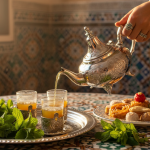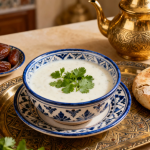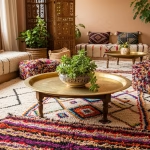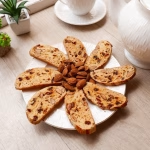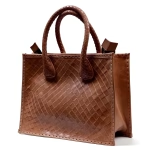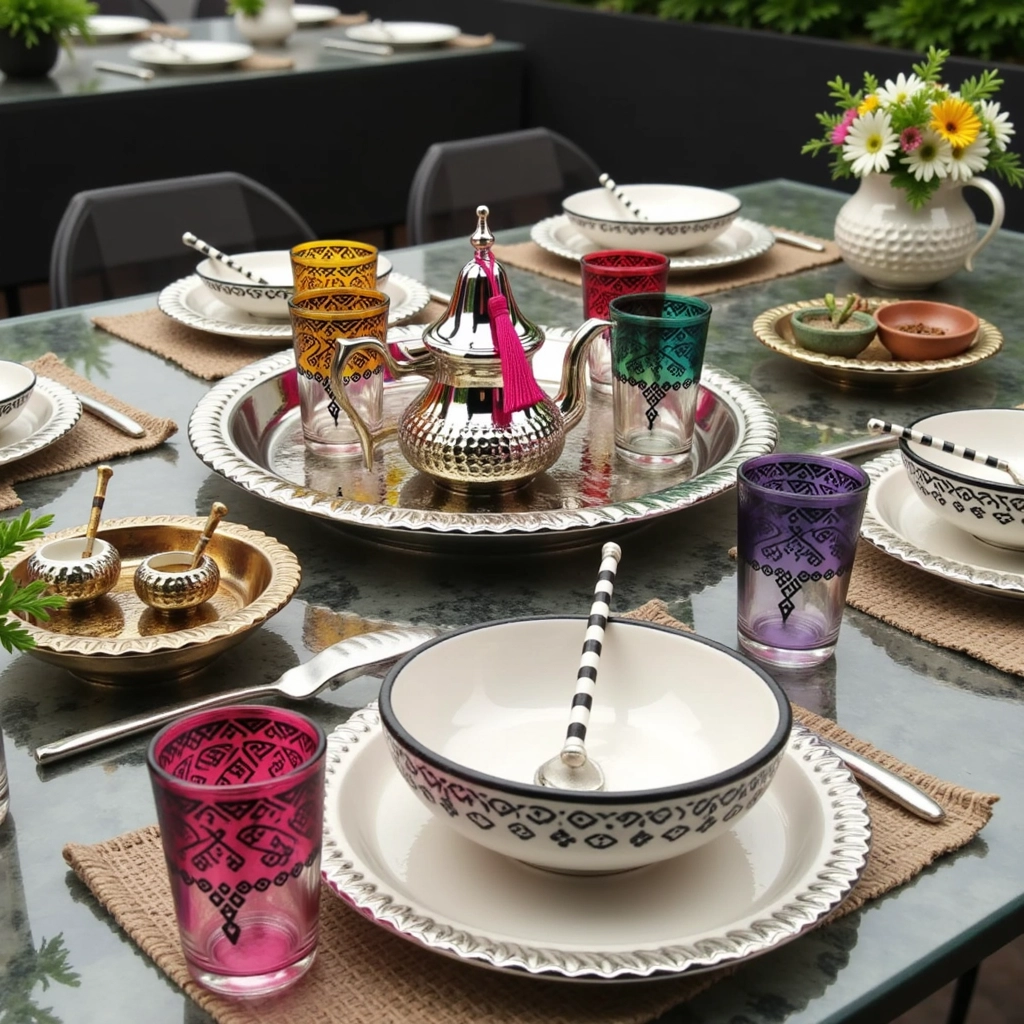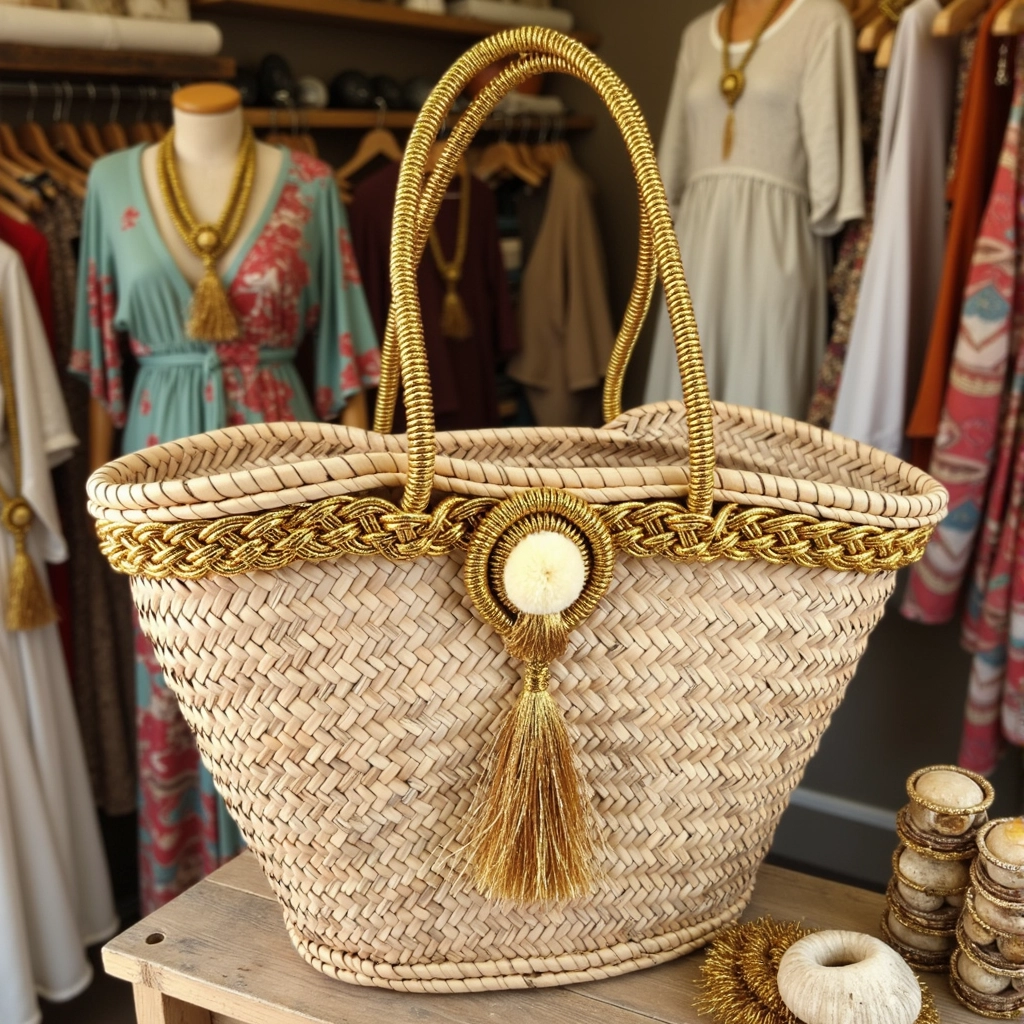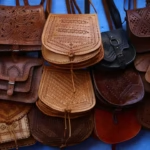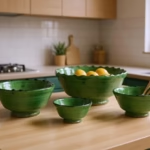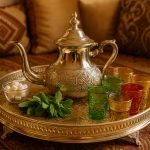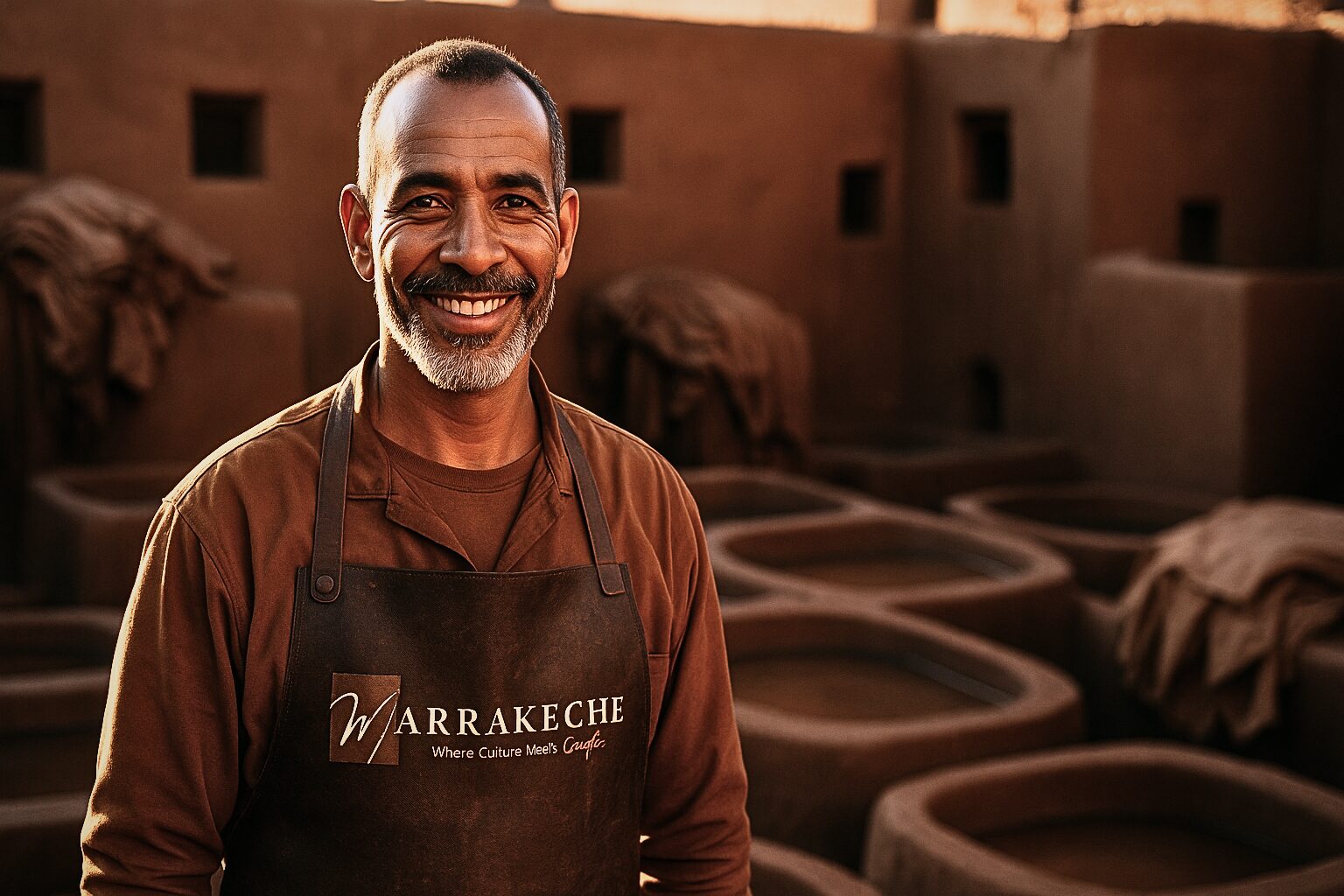
A hush fell over the medina the day the planes stopped coming.
In the normally raucous quarter around Bab Debbagh, only the soft slap of drenched hides against stone broke the silence. For Omar, a third-generation Marrakech leather artisan, each echo felt like a heartbeat slipping away.
“When the medina went silent, the only sound left was the beating of my own heart—so I decided to let that rhythm guide my hammer.” — Omar. Leather artisan
1. The Day the Medina Fell Silent
The labyrinth of Marrakech’s Bab Debbagh quarter once rang with donkey hooves, muezzin calls, and tourists bargaining for bright babouches. Then COVID-19 grounded flights, sealed borders, and slashed global tourism by a staggering 74 percent in 20201.
For Omar, a Marrakech leather artisan, that statistic wasn’t abstract; it was rent unpaid, vats standing idle, and three children asking why baba looked worried.

2. Bloodlines in Leather: A Craft Older than Maps
Long before Marrakech earned its Red City nickname, Omar’s great-grandfather was already tanning hides in the earth-scented pits of the medina. Morocco’s sister city Fez still hosts the Chouara Tannery, a UN-heritage icon that has worked the same natural dyes since the 9th century2.
Omar honours that lineage by vegetable-tanning with pomegranate rind, indigo, and henna—methods kinder to skin and soil than chromium-based industrial tanning.
3. When Pride Meets Empty Pockets
By late-spring 2020 Omar sold Fatima’s heirloom bangles just to keep the vats wet. He swore he’d never compromise on quality: each goatskin must rest 48 hours in lime, then re-soften in a pigeon-dropping bath, then sun-dry until the hide “smells like the desert after rain,” as his father taught him.
Learn why natural patina matters in our Ultimate Guide to Buying Leather Bags in Moroccan Souks.
4. A Digital Door Opens
Enter Mohammed Benznana, Co-founder of Marrakeche Crafts. He was mapping shuttered workshops for an online marketplace that could shoulder:
- Studio-grade photography
- Cross-border logistics
- Transparent, fair-trade pricing
All Omar had to do was create. Skeptical? Sure. Desperate? More. He agreed while sipping mint tea that tasted oddly of hope.
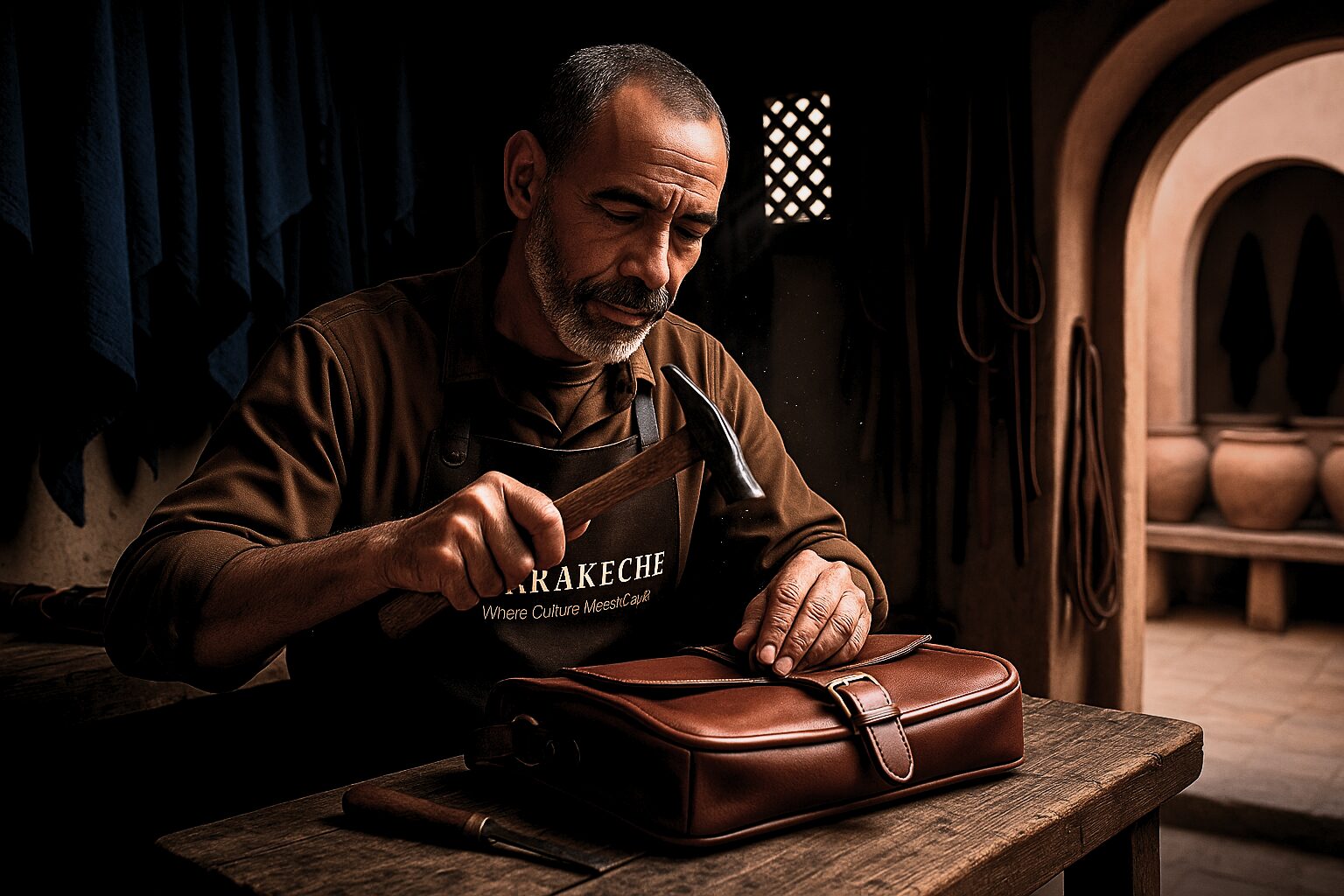
5. First Ping, First Prayer
Hours after his product page went live, an email chimed: “1 × Hand-tooled Satchel – Ship to Vancouver.” Omar checked the screen twice; Mohammed laughed and snapped a candid. Two more orders arrived before the call to Isha prayer.
6. Family Futures Re-Stitched
Fatima’s mint-tea tray is back, along with her smile. Daughter Salma writes product descriptions in English class; little Youssef polls Instagram followers for next-season colour palettes. Even the neighbours benefit—Omar buys goat hides in bigger lots, giving market tanners predictable income.
7. Why Your Purchase Matters
Ethical Leather vs. Fast Fashion
| Factor | Omar’s Workshop | Mass-Produced Factory |
|---|---|---|
| Tanning | 100 % vegetable | Chromium salts |
| Workers | Family & local artisans | Low-wage industrial |
| Carbon Footprint | Regional supply chain | Global shipping loops |
Supporting Omar keeps heritage skills alive and curbs toxic waste entering Morocco’s waterways—an issue documented in academic studies of Fez’s tanning effluents3.
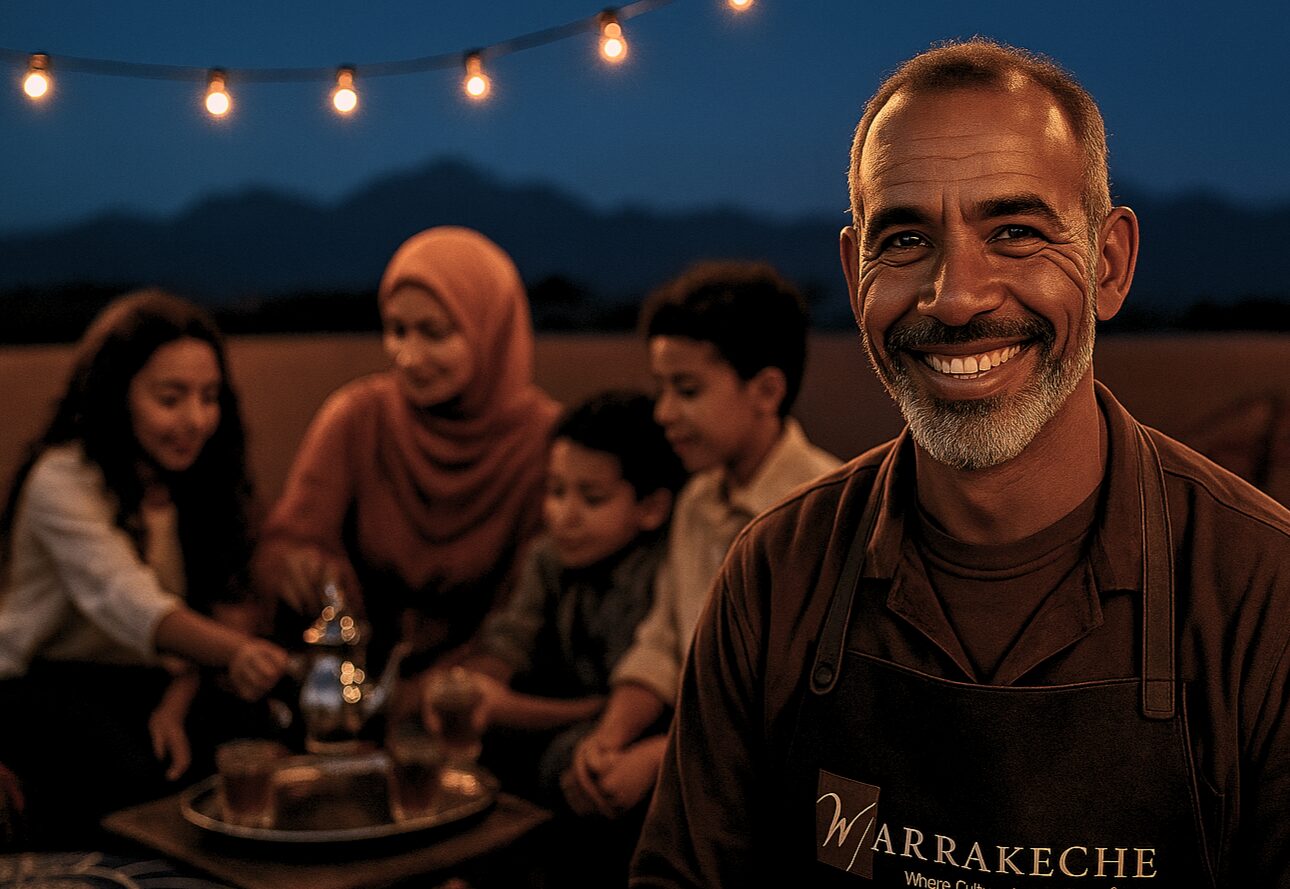
8. How to Shop Omar’s Collection
- Browse the curated Moroccan Leather Bags gallery.
- Choose between classic and modern styles.
- Add a Matching Pouf: His denim-blue pouf, stuffed right, looks like a jewel in any reading nook—see our guide on how to fill a Moroccan pouf for perfect plumpness.
- Check-out—Marrakeche Crafts team handles secure payment and doorstep delivery.
9. Beyond the Cart: Visiting Marrakech’s Tanneries
If travel brings you to Morocco again, combine Omar’s workshop tour with a day-trip to Fez’s Chouara Tannery, where balcony viewpoints reveal a honeycomb of ochre and indigo vats (tip: carry fresh mint to battle the aroma4).
Before you go, the Moroccan Tourism Board lists current opening hours and dress guidelines.
10. Meet the Maâlem: Quick-Fire Q&A
| Question | Omar’s Answer |
|---|---|
| Favourite leather to work? | Goatskin—soft yet strong. |
| Hardest bag to master? | A double-gusset briefcase; every seam must sing. |
| Dream buyer? | Someone who hands the bag to their child in ten years. |
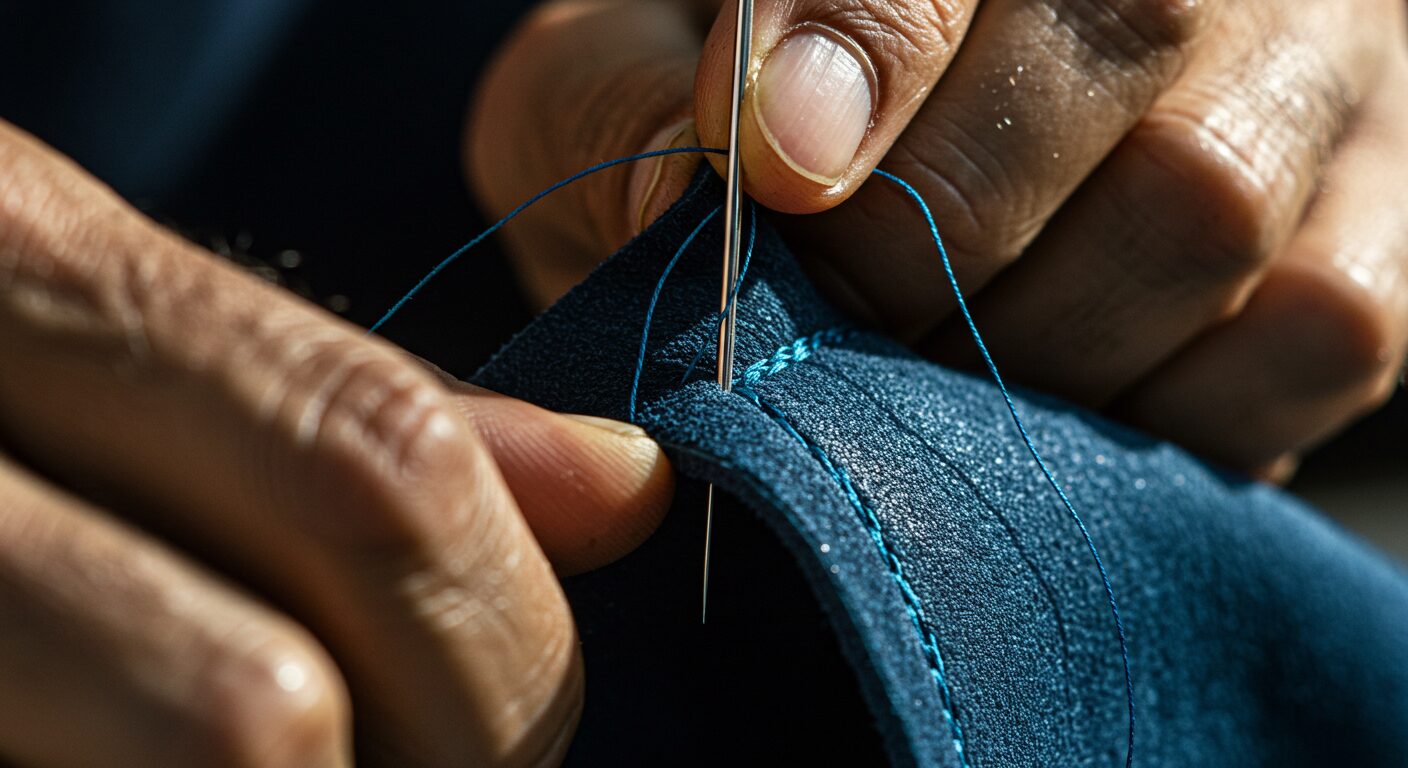
11. The Echo Carries On
The pandemic’s silence once threatened to smother Omar’s workshop. Today, every DHL pickup is an echo that travels farther than the medina’s call-to-prayer ever could.
By buying a single wallet, satchel or pouf, you become part of that echo—proof that handcrafted heritage still thrives in a click-and-ship world.
